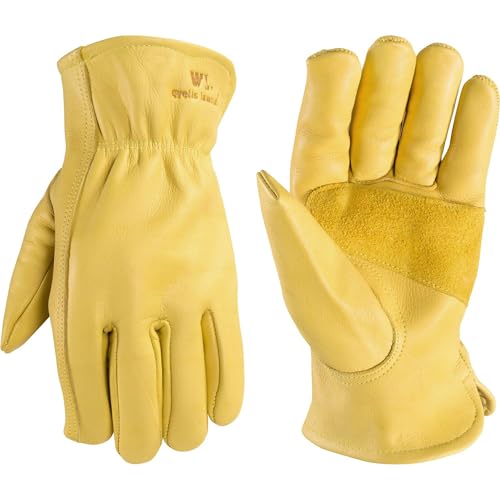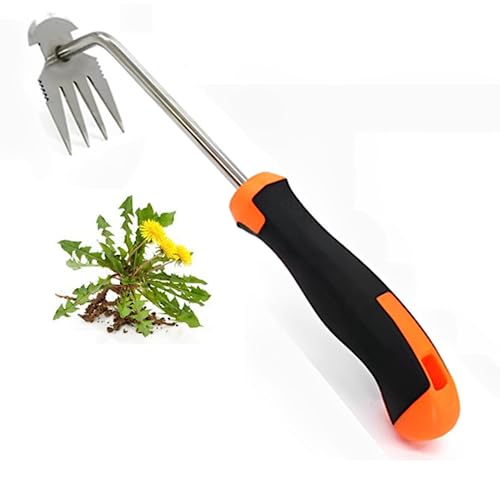Best evergreens to stop weeds – 5 expert-approved shrubs to keep problem plants out of your yard
These evergreen ground covers and shrubs will help reduce the amount of time you spend weeding


Evergreens are so often overlooked as the green supporting shrubs that prop up our more glamorous summer stars. And, sure, we all love a bit of floral drama. Ammi, verbascum, phlox and foxgloves will always demand more attention than a dark green yew dome. But in my years as a professional gardener, I’ve come to admire the quiet persistence of evergreens, especially when it comes to weed suppression.
Take prostrate rosemary or creeping juniper, both of which I’ve grown in public and private gardens across London. These evergreens are spreaders, producing a dense covering, and so doing a pretty good job of limiting wind-blown weed seeds from taking root.
So yes, I think these dense evergreens to stop weeds deserve a bit more credit. Are they foolproof? Of course not. A dandelion will always find a way. But that’s fine. This is about balance, not absolutism or perfection. Let the evergreens do the heavy lifting, and you can tinker with the remaining weeds if you so choose. Here are five of the best evergreen plants to stop weeds that I have grown, including tips on shaping and aftercare.
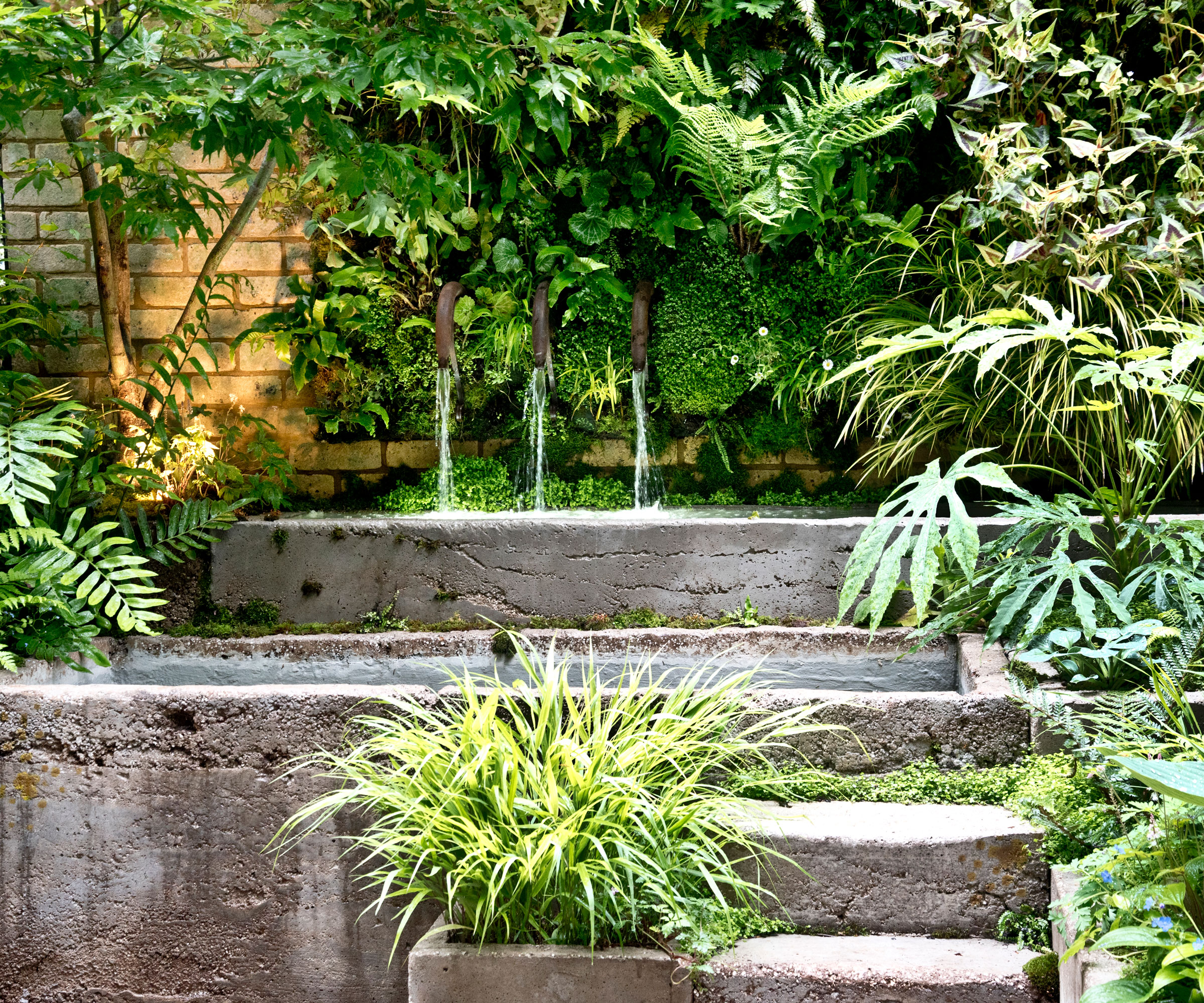
5 best evergreens to stop weeds
Wherever you live and whatever your US hardiness zone, you are bound to find several unwanted or unwelcome plants that always seem to find a way of germinating and growing.
So, if you are wondering how to stop your neighbors' weeds from invading your yard, or you want to take action this year to keep weeds out of flowerbeds, try growing one or more of these dense evergreens to stop weeds.
1. Illicium

If you are looking for native plants to stop weeds, try growing Illicium, a North American species that can help to fill flowerbeds with lush, dense foliage.
Of the native plant options, two really stand out to me. One is Illicium parviflorum 'Forest Green', which has unique pale lemon flowers, and will bloom in part-shade down to zone 7.
Design expertise in your inbox – from inspiring decorating ideas and beautiful celebrity homes to practical gardening advice and shopping round-ups.
Live Illicium 'Forest Green' starter plants are available from Amazon.
The other is Illicium flodidanum, otherwise known as Florida anise. This evergreen shrub has leathery leaves and deep crimson spider-like blooms that can be seen in the image above.
'The maroon blooms as well as the fragrant, anise-scented foliage make Florida anise a valuable native,' says Lilly Anderson-Messec, plant expert and Director of North Florida programs for the Florida Native Plant Society.
Growing best from zone 7 or zone 8 plus, 'Florida Anise prefers dappled shade or partial sun,' Lilly says, 'but will grow fine in full shade, with a looser shape and possibly fewer flowers.'
They can grow to 10 feet or so in height and width, but generally, in backyard settings, they can be managed to maintain a compact, dense appearance that will fill borders and help prevent weeds from growing nearby.
'Unfortunately, the fruit of Florida anise is toxic if ingested,' Lilly adds, 'and cannot be used culinarily, so keep an eye on pets and children playing outside.'
Live Florida anise starter plants can be ordered now via Walmart.
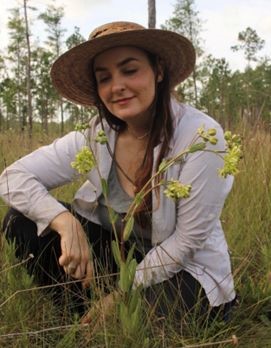
Lilly Anderson-Messec is the Director of North Florida Programs for the Florida Native Plant Society, with great expertise on all things native plants in The Sunshine State.
2. Cotoneaster
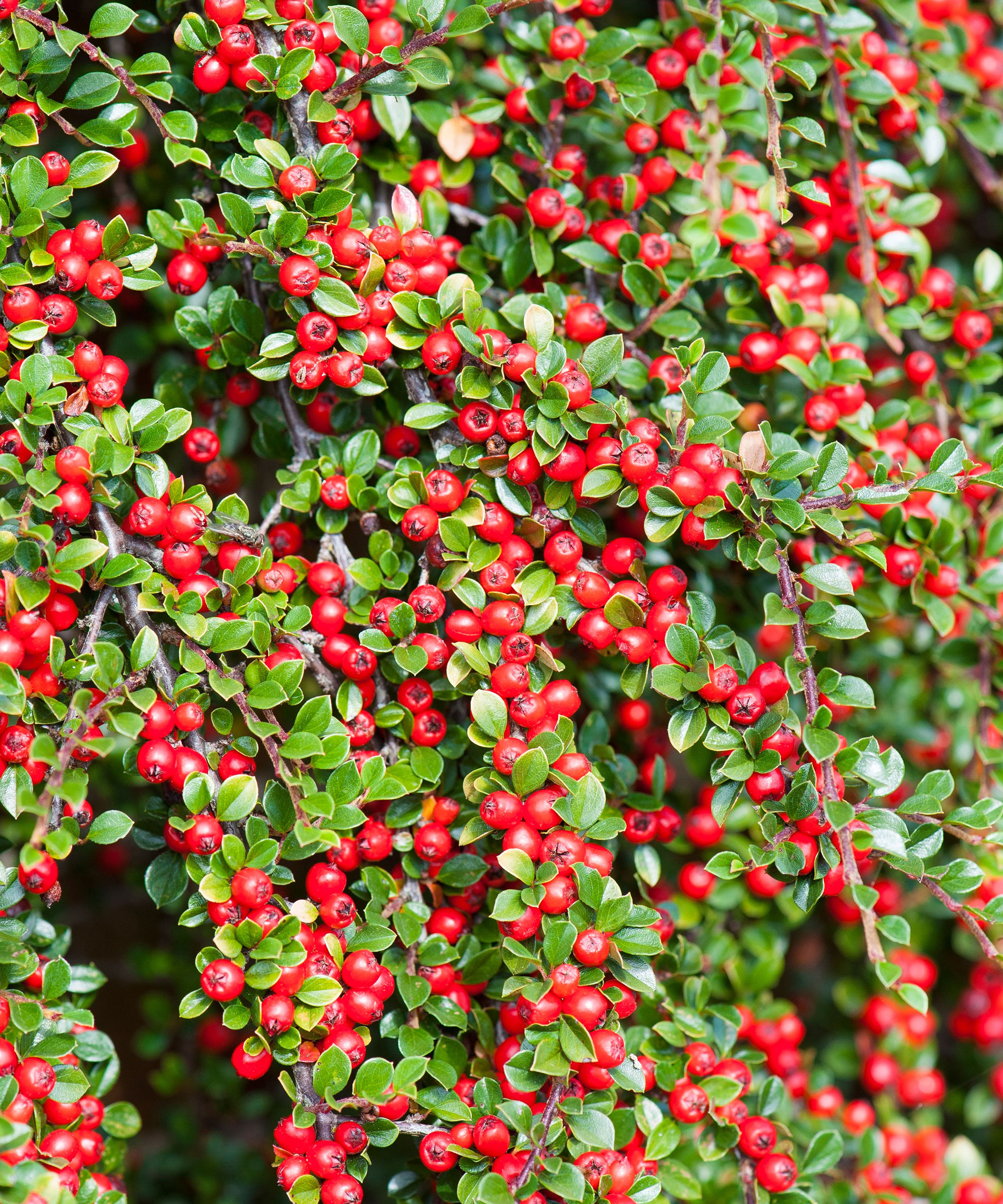
Cotoneaster are a family of woody plants native to various regions in Asia, Europe, and North Africa.
While it will depend on the species, many are incredibly tough and can be grown as low as US hardiness zone 3.
They are some of the best evergreen shrubs that thrive on neglect, with little care needed so long as the soil and lighting requirements are met.
Cotoneaster shrubs tend to do best in full sun to dappled shade, and while they will grow in dry soil, for the best result, grow them in moist beds.
When happy, these are some of the best shrubs with winter berries, helping to add color and impact to borders in the depths of winter.
And, the best part? With a dense spread, this shrub will help to crowd out tricky and challenging borders, thereby reducing opportunities for weed growth.
For a low-growing evergreen option that will prove effective for weed suppression, try this 'Cranberry Cotoneaster' variety, with live plants available from Nature Hills.
3. Yew

'One of the best evergreens to stop weeds is yew,' says Alex Kantor, owner of Perfect Plants Nursery.
For one of the easiest evergreen shrubs, try this spreading yew, available from Perfect Plants, for a weed-suppressing green carpet in your yard.
'If you are landscaping with evergreens this year, then this hard-working, reliable and dense shrub is one to grow,' Alex continues. 'They aren't fussy, and will tolerate both full sun and deep shade.'
Yew, or Taxus, can be grown down to zone 4, and is one of the best plants for topiary, responding well to regular pruning, usually in late summer or early fall to maintain the desired form.
Yew domes are available to order from Walmart.

Alex has worked in the horticultural industry for over 20 years and grew up on the farm since his childhood years. Alex is an expert on landscape trees, shrubs, and indoor plants. He is passionate about growing and helping others learn the trade.
4. Inkberry

Inkberry holly, or Ilex glabra, is often used as a boxwood alternative, valued for its smooth, waxy evergreen leaves that will form dense canopies in garden beds.
Live inkberry plants can be ordered online via Amazon.
And, not only is this shrub good for providing year-round coverage and limiting weed growth, it is also remarkably resistant to pest attack, and is not typically munched by rabbits or deer.
Inkberry shrubs are also some of the best native ground cover plants to stop weeds, found growing in the wild along the eastern and southeastern United States, from Florida northward to Maine, growing best from zone 5 to zone 10.
In terms of placement, they can tolerate dappled shade as well as full sun. And, when considering maintenance, I would advise trimming lightly once a year in early spring, before new growth develops, which will help to keep the crown dense and limit bare soil and space for any wandering weeds.
For pruning your evergreens, I can highly recommend these Felco F-6 pruners, available to order from Walmart.
I have used Felco brand products on multiple occasions, and these long-lasting, high-performing pruners are well worth the hype.
5. Arborvitae

Arborvitae, otherwise known as thuja, is another one of the easiest evergreen trees and shrubs that can be used to limit weed growth in backyards.
These dense evergreens can be grown from zone 5 to zone 9, with a preference for full sun to part shade and well-draining soil.
Many varieties, including the infamous 'Green Giant', can grow upwards of 40 or even 50 feet, but choosing a more compact shrub-like variety is probably a better idea for most of us.
For example, this 'Fire Chief' thuja, with live plants available from Fast Growing Trees, will grow no taller than four feet and displays impressive spring and fall foliage.
And, with a dense habit, it is ideal for filling beds with lush greenery and keeping nettles and docks at bay.
FAQs
Is nandina one of the best evergreens to stop weeds?
Yes, nandina, or heavenly bamboo, can be grown in borders to limit weed growth. However, this vigorous evergreen is considered invasive in Texas and Florida, a result of its vigorous and spreading habit.
So, approach with caution, and consult your local government office to understand whether it is suitable for your region.
For small gardens, try growing a dwarf evergreen nandina variety, like 'Firepower', which will grow no taller than two or three feet.
'Firepower' live plants are available from Perfect Plants Nursery.
Whatever species you opt to grow, be sure to give a good, deep watering following planting, which will help to give them the best start during their first summer.
Following this, once your plants are established, many of these options will become self-sufficient, save for a little watering during dry spells.
For more information and ideas, see our guide on some of the best native perennials to stop weeds.
Shop weeding accessories

Thomas is a Content Editor within the Gardens Team at Homes and Gardens. He has worked as a professional gardener for both public spaces and private estates, specializing in productive gardening, growing food and flowers. Trained in Horticulture at the Garden Museum, he has written on gardening and garden history for various publications, including The English Garden, Gardens Illustrated, Hortus, The London Gardener and Bloom. He has co-authored a Lonely Planet travel book, The Tree Atlas, due out in 2024.
You must confirm your public display name before commenting
Please logout and then login again, you will then be prompted to enter your display name.
